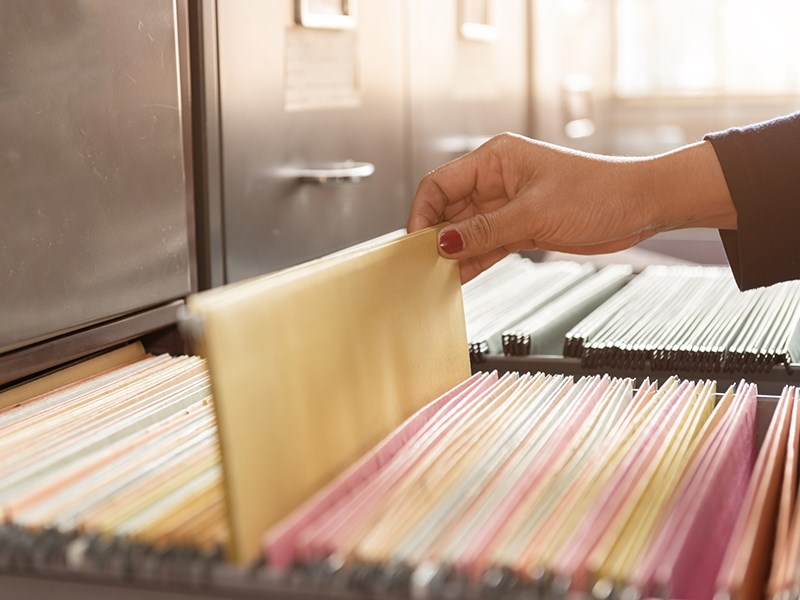Every year thousands of Canadians put off doing taxes and wait until the last minute, rushing to find receipts and documents scattered all over the house, garage and car.
Yet year after year these same people promise themselves that next tax season, they will be better prepared and in time to file their taxes.
But once they finish filing for the year, they throw everything in the box and shove it in a closet without having an organizing system to rely on.
Relax, you are not the only one guilty of tax season procrastination, not by a long shot. I know this one for sure as I experienced the pain of tax season myself.
Once you do bite the bullet and get your papers organized, the relief you’ll feel will be like the weight of a million receipts lifted off your shoulders.
Learning how to organize important papers and documents is a skill anyone can learn. It involves a skill of prioritization and commitment to create a filing system to keep paperwork in order, but the benefits can be great, keeping you stress free and functional.
But when you’re standing at the bottom of the Mount Everest of paperwork, how do you even begin to sort through it all?
Having a fear of throwing away something that might be important is another issue that keeps people avoiding the tax filing.
Here are a few tips that might help you to get you started:
Step one: Create a filing system
Have one centralized filing system for all your paper receipts and documents. This might sound difficult, but it works in the long run. It’s easier to receive, open and process salary, income, and investment documents when you have a designated storage location for them in the home or office. Simply labelling a manila folder “tax documents” and placing any important materials inside it can do the trick, as would an accordion file or simple envelope.
Step two: Collect your receipts
The first step to organize tax papers is to gather all your papers in one place. Your focus here is on your receipts, bank statements, investments, advertising and networking, et cetera. Leave the sentimental things like pictures out of it for now as they could take a year to sort out.
Step three: Limit categories
Even if you are in business, you don’t need more than eight to 12 categories. The simple categories could be a house, car maintenance, insurance and marketing. For example, under the house, you can file hydro, telephone or heat. Under the insurance category, you can file a car, house or life insurance.
Step Four: Sort and purge
Once you have your categories filed and ready for delivery to your accountant, the rest of the papers you collected can be shredded.
Step five: Maintenance plan
This is the part where many of us struggle. We do purging of papers, filing once a while, but we seldom maintain the system we created. I hear just about every excuse why we don’t schedule the time for this important task.
This is a perfect time to start fresh and allocate the time for filing your papers so this and next tax season is easy and stress free.
Ranka Burzan owns a professional organizing company based in Powell River and has written several books on reducing clutter and becoming more organized. For information, go to solutionsorganizing.com.



